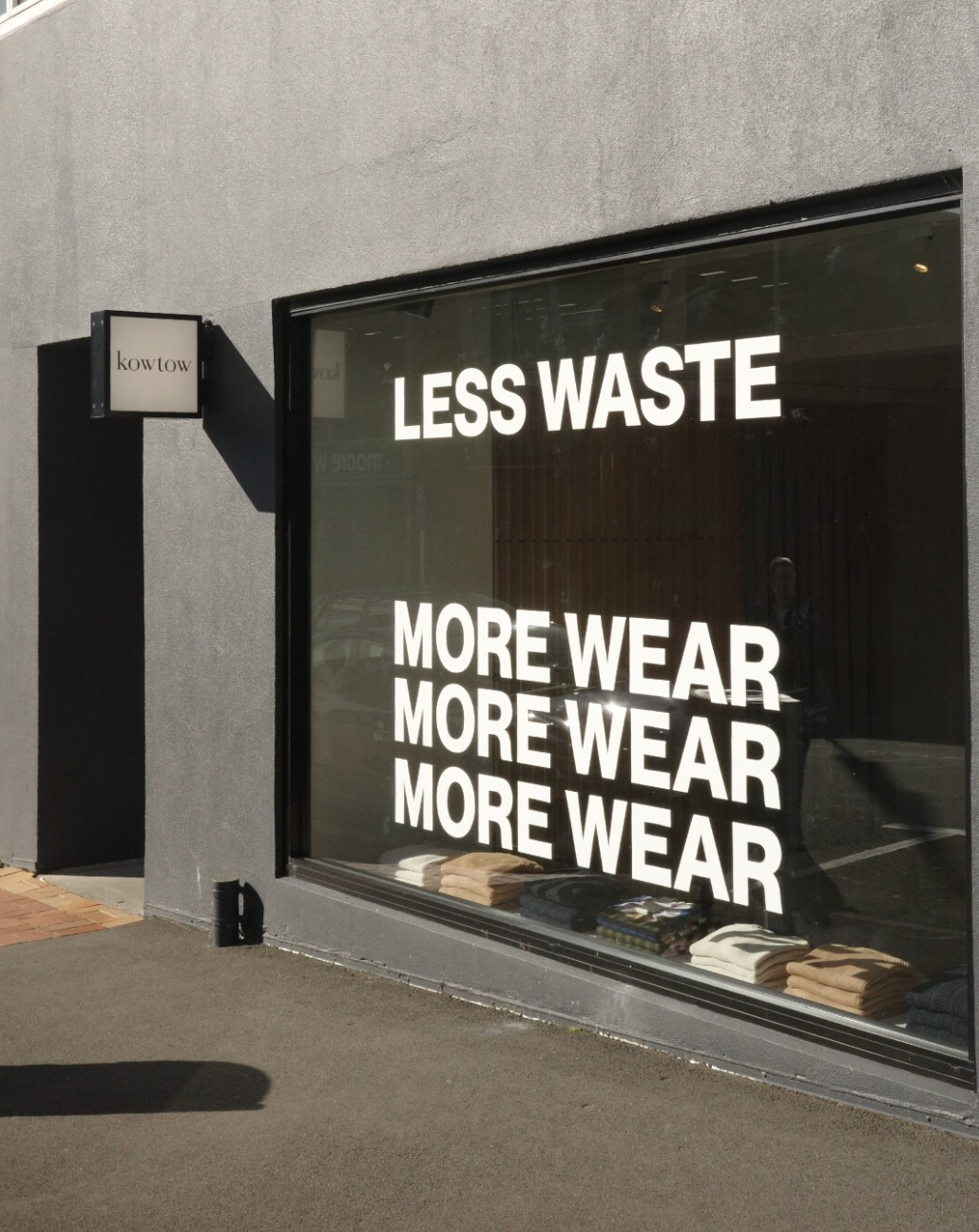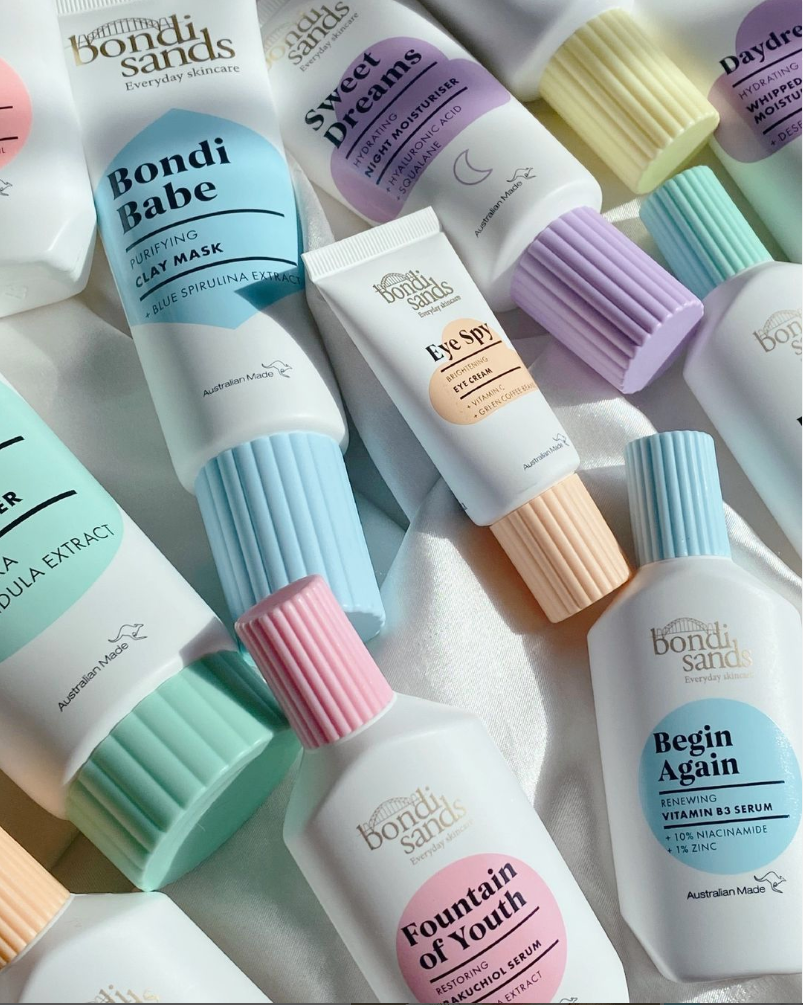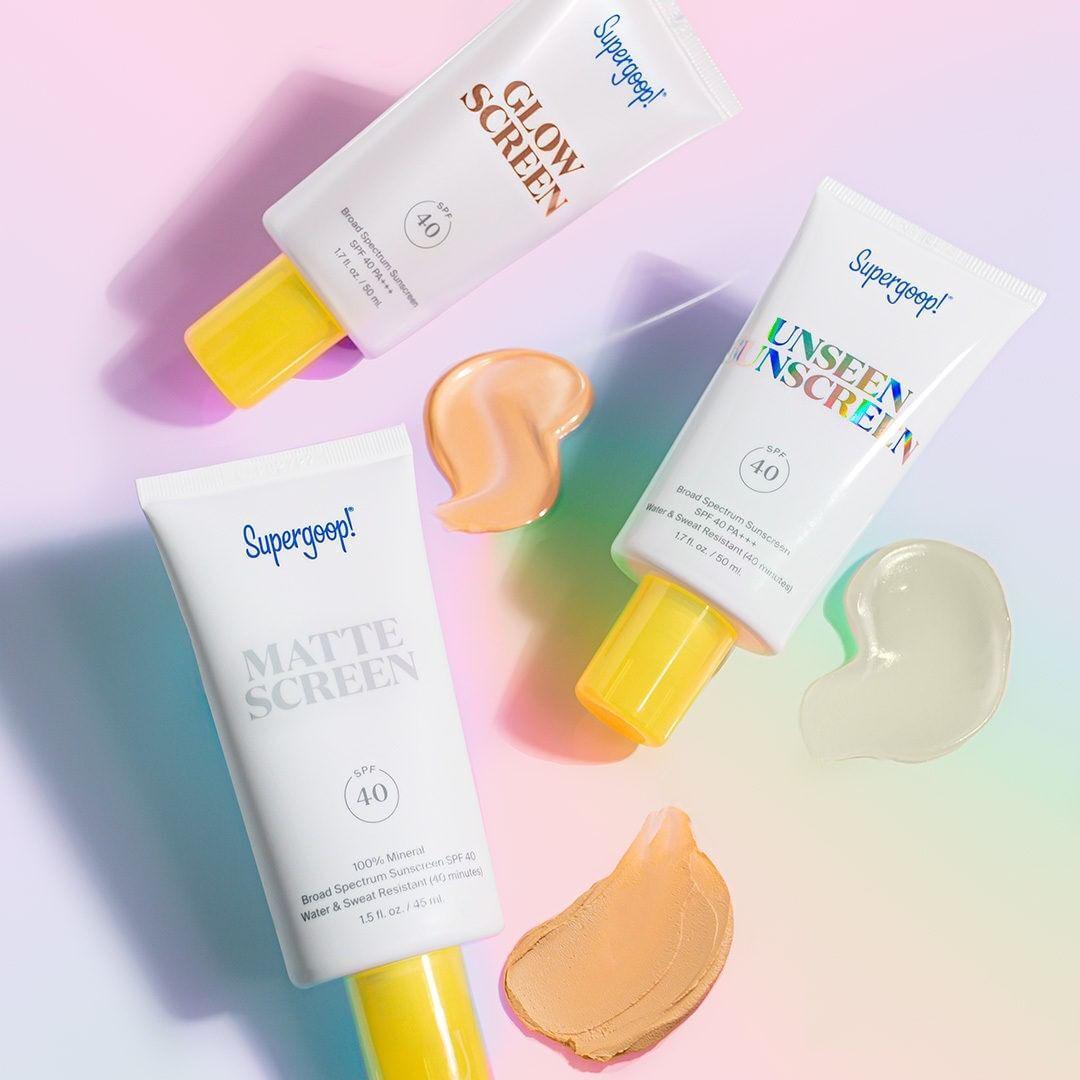'Quiet luxury' and other fashion marketing trends driving the industry's growth

From the pages of glossy magazines to scrolling past a brand’s latest collection on Instagram, it’s no secret that the business of fashion marketing has really transformed over the past couple of decades.
Where exclusivity used to reign supreme with invite-only catwalk shows or events, the rise of social media and online engagement has democratized the discussion about what is “in” and which brands are relevant. Fashion companies have been forced to respond to rising scrutiny about sustainability and ethical manufacturing in their marketing efforts, not to mention concerns about diversity and who gets represented.
Sign up to Shorts
For fortnightly brand insights, stories and goodness that'll help you win (we promise).
For fashion marketing professionals, the key to customer loyalty is no longer about bringing consumers to the spaces the brand wants to inhabit, but bringing brand storytelling to where their audience is — and putting them front and center in discussions about what’s trending.
So, what does successful fashion marketing look like in 2023? Let’s find out.
Here are the top current fashion marketing trends to pay attention to.
Inclusivity 💜
Far from being a trendy buzzword, diversity and inclusivity are now showing up within the fashion industry in a variety of forms, from product design to brand partnerships. This is being driven by growing consumer demand: 63Opens in new tab% of Gen Zers say they prefer to see “real people” in ads as opposed to models, highlighting the push for more authenticity in a notoriously appearance-driven industry.
But fashion brands need to work hard to prove that their diversity initiatives are more than just skin-deep. It’s no longer enough to feature the occasional non-white model or a one-off collection with more diverse sizing. If there’s one thing that consumers hate more than brands not being inclusive, it’s being tokenistic or misleading (Marketing Managers, take note!)
Big and tall menswear brand Johnny Bigg has made a point of featuring a variety of sizes and body shapes in its marketingOpens in new tab, including men who may not traditionally be considered as “plus-sized” by the fashion industry. This inclusive marketing approach highlights that Johnny Bigg caters to every shape or size, not just those that fit into a specific niche.
Focusing on community 🫂
It’s an oft-repeated slogan in marketing circles that “brand loyalty is dead.” Yet surveys suggest the opposite is true – consumers are desperate for a sense of connection with the brands they shop with. According to a survey by Motista, customers who have an emotional relationship with a brand have 3x higher lifetime valueOpens in new tab than regular customers, while 71% are likely to recommend them to friends or family.
When fashion brands are fighting hard for limited attention spans across social platforms, knowing how to cultivate a sense of belonging in your target audience is the key to keeping them engaged and interested in what you offer. These brand communities offer authenticity and the feeling that the company truly understands them and what they love.
Performance clothing brand Rhone offers a great case study of how community-driven marketing creates more opportunities to engage with loyal customers. By using their storefronts as venues for eventsOpens in new tab, such as meet-ups, golf competitions, and fitness classes, Rhone can bring their 117K strong Instagram following from the smartphone into real-life spaces, which inspires a stronger emotional connection with the brand – not to mention, more opportunities to make purchases.
Understated or “quiet” luxury 💅
Where high-end fashion used to be associated with bling and in-your-face designs, we’ve recently seen the emergence of a more understated idea of luxury. Gwyneth Paltrow’s recent courtroom appearances have been cited as the perfect example of so-called “stealth wealthOpens in new tab” — basically, looking like you’re not trying too hard to look rich (after all, that would just be uncool).
However, looks can be deceiving. When it’s so easy for fast fashion brands to create knock-off designer looks only hours after a collection comes off the runway, it’s not surprising that trend forecasting is showing a pivot by high-end brands toward simpler designs. The more minimalist a fashion product is, the more emphasis that consumers place on quality textiles and design – areas where luxury brands traditionally come out on top.
The leather goods brand Yu Mei’s product design and visual merchandising strategy have been built around the idea of “modern people seeking a new form of understated luxury.” The brand’s wallets and handbags are deceptively simple, focusing on solid colors and clean lines that defy the push to cater to new trends. Yu Mei’s digital marketing strategyOpens in new tab celebrates this focus with minimalist street photography that puts its products front and center, showing their versatility in city and nature settings alike.
Yu Mei also uses Tracksuit's brand tracking to get a read on where the biggest demand is for their brand when expanding into new markets.
"Tracksuit’s metrics are one of our key KPIs that impact our decision to open stores in a particular region. We will also take the data back to our wholesaler accounts and buyers and show them progress to help shape meaningful conversations,” Founder Jessie Wong says. "Tracksuit makes everything more tangible. We're able to measure brand health in one dashboard.”
Marketing sustainable and ethical fashion 🌳
Recent studies on the impact of the global fashion industry haven’t pulled any punches. According to the Nature Reviews Earth and EnvironmentOpens in new tab study, fashion and textiles contribute to:
- 20% of industrial water pollution
- 30% of ocean microplastic pollution in the ocean
- 3% to 10% of greenhouse gas emissions
The obsession with the latest and greatest in fashion design exacerbates this problem, with garments only being worn a handful of times before being thrown out. However, consumer behavior is showing a shift toward being more eco-conscious, especially in younger generations. According to research by Forbes, 62% of Gen Z consumersOpens in new tab prefer to purchase from sustainable brands - and are willing to pay more for goods that are ethically produced.
With this in mind, it makes sense that fashion brands focused on this target market are taking some of the biggest steps to incorporate ethical and sustainable thinking into their business models and public relations strategies. Programs specializing in traceability for sourcing, repair, and resale are growing in popularity, while many fashion houses are shifting their focus toward capsule collections designed to stay relevant for as long as possible.
Fairtrade clothing brand Kowtow has quite literally built sustainability into the very DNA of its garments, as well as its social media marketing strategy. The company’s “Anatomy of a GarmentOpens in new tab” series on Instagram dives into how each of its iconic pieces are constructed, explaining how they meet Kowtow’s sustainability goals. Addressing how fundamental sustainability is to its brand helps Kowtow to build trust with discerning potential customers.
Virtual and augmented reality 👓
Virtual and augmented reality technologies have been doing the rounds in the fashion industry for a while now, especially as brands look for new ways to lower return rates. Not surprisingly, being able to try on garments, accessories, and footwear virtually helps consumers to make more informed purchasing decisions, reducing the likelihood of them needing to exchange or return items later. In fact, market research shows that 58% of consumersOpens in new tab who have used AR when shopping online believe it has prevented them from needing to make a return.
Eyewear brand Warby Parker made its AR try-on tool the centerpiece of its acquisition strategy, enabling the predominantly eCommerce retailer to grow rapidly in a competitive market.
But VR and VR have evolved far beyond their use within the shopping experience itself. The growing popularity of AR filters on social media platforms like Snapchat and Instagram has paved the way for fashion companies to insert augmented reality into fashion marketing campaigns, and even experiment with new types of fashion merchandising
Magazine Vogue caused a stir in its 130th-anniversary fashion show last year by offering Vogue Runway app users the ability to virtually try on catwalk designs and share them on social platforms. When luxury fashion can often feel exclusive and off-limits, this brand activation campaign allows audiences to participate in the latest fashion trends, even when they can’t be there in person.
Nike has led the way in bringing VR and AR into the fashion retail store experience itself. Its 50th-year anniversary was marked by a unique AR experience at 11 storefronts, including New York City and Paris. Using their smartphone’s camera as a QR scanner, visitors could reveal the story behind much-loved Nike products, including apparel and iconic sneaker designs.
Increased use of influencer marketing 🤳
The use of influencer fashion marketing programs is hardly a new development. But the world of fashion is steadily pivoting away from using celebrities as brand spokespeople, instead including everyday customers as part of their marketing plan.
The reason is twofold. Successful influencer campaigns are less about follower counts and more about engagement. Influencers with a niche but highly loyal following (known as micro-influencers) are actually more likely to have their recommendations be trusted and taken up by followers. In fact, micro-influencer accounts boast up to as much as 60% more engagementOpens in new tab than macro influencers.
Moreover, using everyday consumers in campaigns creates a new, less sales-driven feel in online marketing, something that shoppers are increasingly sensitive to as they try to seek out authentic brands that understand their needs.
Reformation’s fashion marketing strategy transforms regular customers into influencers and stylists, who in turn play a key role in turning lookers into buyers. From quirky customer reviews to the best in-store mirror selfies and styling tipsOpens in new tab, Reformation customers clearly play an integral role within the brand’s ecosystem. This helps to boost engagement and trust by making the brand feel more approachable.
The finishing line 🏁
Making fashion marketing strategies more inclusive, customer-centered, and mindful of sustainability isn’t about simply following the crowd, but making sure that you’re staying in touch with what the majority of consumers want from today’s fashion brands.
As the spending power of Generation Z grows, businesses that don’t prioritize being approachable will quickly find themselves out in the cold. Where targeting a very specific demographic to create exclusivity once used to help drive demand, today’s fashion consumers are weary of trying to live up to impossible standards.
All this to say that marketing initiatives that embrace authenticity hold the answer to striking a chord with your audience.
Want to know if your initiatives are trending in the right direction? Tracksuit’s platform makes it easy to measure brand health and gain insights to drive your fashion marketing efforts forward. Book a demo today








